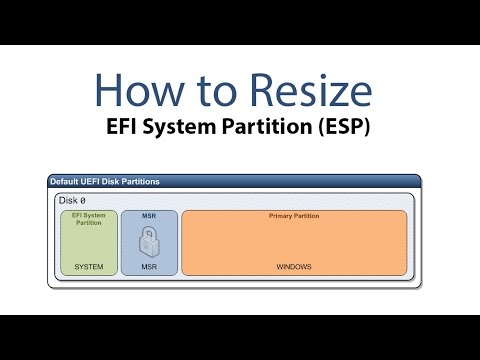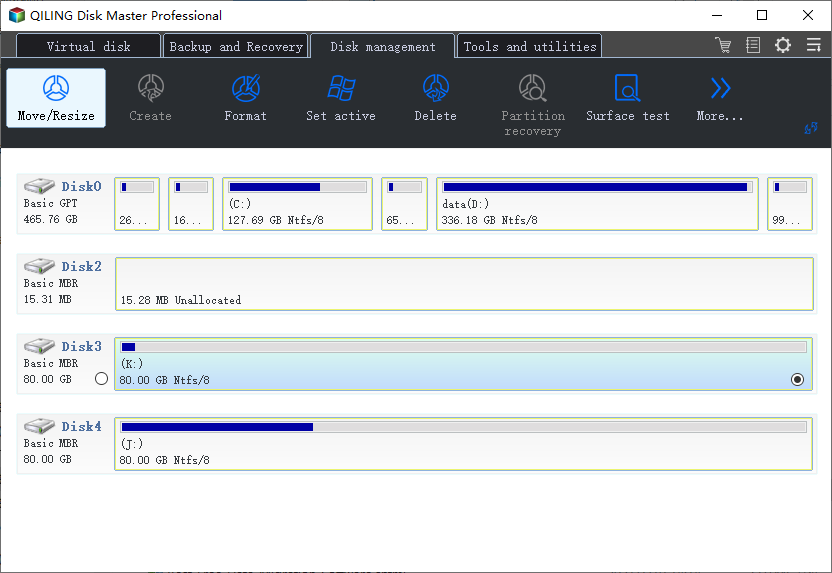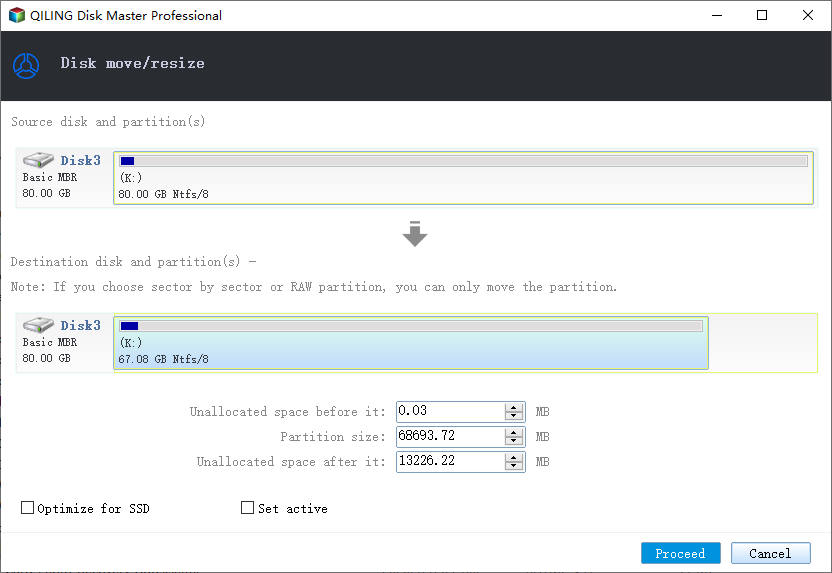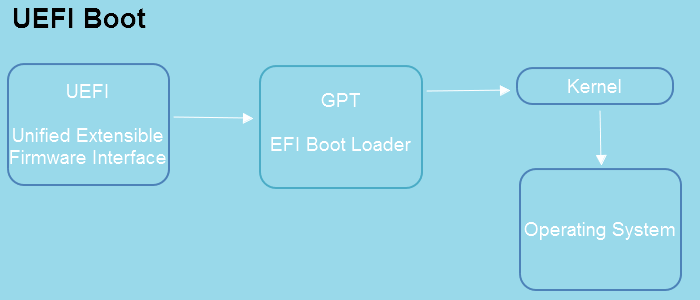How to Resize EFI System Partition on Windows 11/10/8/7
EFI System Partition Too Small
To resize the EFI partition without losing data, you can use a third-party tool like EaseUS Partition Master, MiniTool Partition Wizard, or DiskGenius. These tools allow you to resize the EFI partition without affecting the existing data on the system. You can shrink the existing partitions, such as the Windows partition, to free up space, and then extend the EFI partition to the desired size. Be sure to back up your data before making any changes to the partition layout. Alternatively, you can also use a Linux live USB to resize the EFI partition, but this method may require more technical expertise. It's also worth noting that some users have reported success with using the built-in Windows 10/11 Disk Management tool to resize the EFI partition by first converting the EFI partition to a dynamic disk, then resizing it, and finally converting it back to a basic disk.

To resize an EFI system partition, it's recommended to use a partition manager program that can handle the task safely and easily. This program can help users resize the ESP without having to manually operate on it, which is not allowed. With such a tool, users can resize the ESP to make more space available for other partitions or operating systems, while ensuring the ESP remains intact and functional. This approach provides a simple and safe solution for resizing the EFI system partition.
Download Qiling Partition Master to Extend or Shrink EFI Partition
Qiling Partition Master has been optimized to meet the high demand for resizing EFI partitions in Windows, and now fully supports operations on EFI system partitions. This latest version of the partition magic software offers the best experience for managing hard drive partitions, including EFI, system, system reserved, and OEM partitions.
How to resize EFI partition with Qiling Partition Master
To resize or move a partition on a GPT disk, you can use a tool like GParted. First, make sure the EFI partition is on a GPT disk. If not, convert the MBR disk to a GPT disk before proceeding. Once the disk is in GPT format, you can use GParted to resize or move the partition. This involves deleting the partition, creating a new one with the desired size, and then copying the data from the old partition to the new one.
Step 1: On Qiling Partition Master, click the target GPT partition and choose "Resize/Move".

Step 2: Resize the GPT drive.

#1. To Extend Partition:
Drag the GPT partition handle into the unallocated space, then click "Proceed" to confirm.
#2. To Shrink Partition
To resize the GPT partition, drag the handle on the partition to shrink its size. Then, click "Proceed" to confirm the changes.
How to Identify EFI Partition in Windows 11/10
Resizing the EFI system partition with Qiling Partition Master can resolve issues where the partition is too small to hold important boot files or Windows installation. To do this, you can shrink, move, or extend the partition, but first, you need to identify the EFI partition in Windows 11/10. Once identified, you can use Qiling Partition Master to resize the partition and resolve the issue.
If you have a basic understanding of BIOS and UEFI (EFI), you can easily determine whether you're using one or the other. Just check your computer's settings or boot process to see which one is in use.
Method 1. EFI partitions are found on GPT formatted drives and are used to boot the operating system, and Windows requires using them together. This means you can't boot Windows from an MBR formatted disk on a UEFI system or from a GPT disk on a legacy BIOS system, which helps you determine how your system is configured.

Method 2. To determine if your PC uses Legacy BIOS or UEFI, open the system information window by typing "MSInfo32" in the Run box. Then, look for the "BIOS Mode" in the window. If it says "Legacy", your PC is using Legacy BIOS, but if it says "UEFI", your PC is using UEFI.
Related Articles
- [How-to] Format Disk from MBR to GPT with DiskPart in Windows 11/10
- Extend Volume Greyed Out? Fix Can't Extend Volume in Windows [New]
- How to Repair Invalid Dynamic Disk With Ease
- Qiling Partition Master VS DiskgGenius: See What Are Differences and Which Is Better
- NTFS or exFAT, Which is Better for HDD, SSD, M.2, or NVMe? Find Your Answer Here
- How to Convert Primary to Logical or Logical to Primary in Windows Server